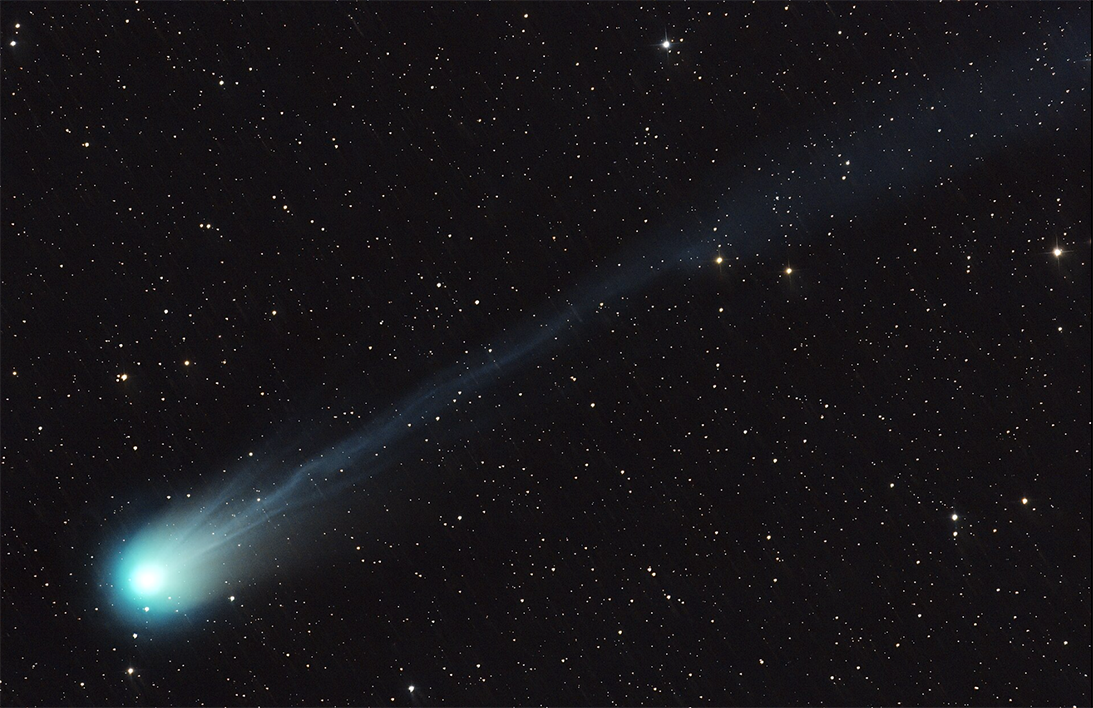 12P/Pons–Brooks is a periodiccomet with an orbital period of 71 years. It fits the classical definition of a Halley-type comet with an orbital period between 20 and 200 years, and is also one of the brightest known periodic comets, reaching an absolute visual magnitude ~5 in its approach to perihelion. Courtesy/wikipedia
12P/Pons–Brooks is a periodiccomet with an orbital period of 71 years. It fits the classical definition of a Halley-type comet with an orbital period between 20 and 200 years, and is also one of the brightest known periodic comets, reaching an absolute visual magnitude ~5 in its approach to perihelion. Courtesy/wikipedia
Space News:
Comet 12P/Pons-Brooks will make its closest approach to the sun on April 21. Comet 12P/Pons-Brooks is a Halley-type periodic comet that was first discovered by Jean-Louis Pons on July 12, 1812, and then independently rediscovered by William Robert Brooks in 1883. It has an orbital period of about 71.3 years.
During its closest approach to the Sun, or perihelion, the comet comes within about 0.78 astronomical units (AU) of the Sun, while at its furthest point, or aphelion, it is located at a distance of about 17.2 AU. Comet 12P/Pons-Brooks is also known for being the probable parent body causing the κ-Draconids meteor shower.
Comet 12P/Pons-Brooks will make its return in 2024 and it is expected to reach its maximum brightness (potentially visible to the naked eye) during the month of April. With its closest approach occurring just a few days before the total solar eclipse on April 8, 2024, it presents a unique opportunity for skywatchers to potentially view the comet during the eclipse.
However, since the comet’s brightness can be unpredictable, there is no guarantee it will be visible, and viewers may need to use binoculars or telescopes to see it. Nevertheless, with the combination of a total solar eclipse and a potentially bright comet passing by, this astronomical event is not to be missed.
Comet 12P/Pons-Brooks is currently in the constellation of Taurus, at a distance of 240,207,040 kilometers from Earth.
Learn more here.
Source: theskylive.com.

